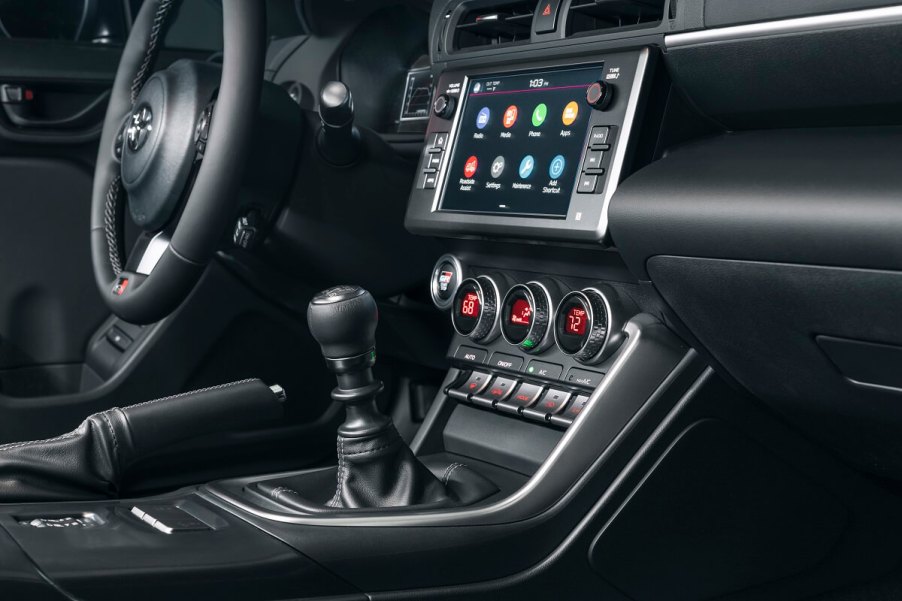
Is It Bad to Downshift a Manual Transmission Car?
For some, downshifting a manual transmission car is a way of life. Either for performance or to help slow the car down, downshifting is just instinctual. However, there are others that prefer to let the car roll in neutral rather than engine braking to slow down. We’ll look at both options to help determine if it is, in fact, bad to downshift in a manual car.
Does downshifting ruin your clutch? Not if you do it right
The biggest key to safely downshifting your manual car is understanding how to do it. Rev-matching is one of the harder skills for beginner stick-shift drivers to pick up. It requires an understanding of your particular vehicle’s relationship between engine RPM, speed, and gear selection. Complicating things further is that every vehicle is a bit different. So what you learned in your manual Ford Fiesta from 2014 isn’t going to directly translate to that 2020 Toyota Tacoma.
Still, you’ll want to blip the throttle when downshifting to help the engine and transmission match speeds. This will reduce the stress on your clutch and flywheel, helping ensure the longevity of both. Considering the repair costs for a clutch are about twice that of a standard set of brake pads, downshifting should really be reserved for a few specific situations.
The pros of engine braking via downshifting

Overall, there aren’t many tangible benefits to engine braking or downshifting to slow your car down. However, there are some situations when this might be a preferable option. For example, when descending a long hill, you may encounter brake fade if you rely on just your brakes to slow you down. In this situation, downshifting can create an engine braking effect that will assist in speed management.
This will take some stress off of your brakes, so you won’t overheat them on a long, steep descent. Just keep in mind this basic physics lesson: energy cannot be created or destroyed. Sure, you’re taking stress away from your brakes. But it’s simply transferring to your engine and transmission. With that in mind, it’s important to understand just how much engine braking you need to use to safely make it down that mountain road.
In addition, performance driving is another use case for downshifting in a manual car. In this situation, drivers downshift to enhance stopping power. This allows them to remain full throttle for longer down the straight, while still scrubbing off enough speed to take a proper line through the corner. The extra engine braking from a downshift works in concert with the brakes for superior stopping performance.
Some drivers even use the downshift to enhance handling. By dropping the clutch at just the right moment, they can add some extra load to the rear tires and help with mid-corner rotation. This The Race.com piece details how watching Supercars driver Shane Van Gisbergen beat NASCAR pros with his heel-toe technique had F1 Champion Max Verstappen on the edge of his seat.
However, this is a top-level driving technique rather than something you’ll want to use on your daily commute. Even if it did help Shane dominate on the Chicago streets.
Save your clutch, use your brakes!

As cool as it is to downshift and hear those sweet, sweet revs, the smartest way to slow down in your manual car is to simply use the brakes. Considering the difficulty and expense of swapping a clutch versus your brake pads, it is the more economical way of bringing your car to a stop. Plus, you’ll save on gas at the same time!




